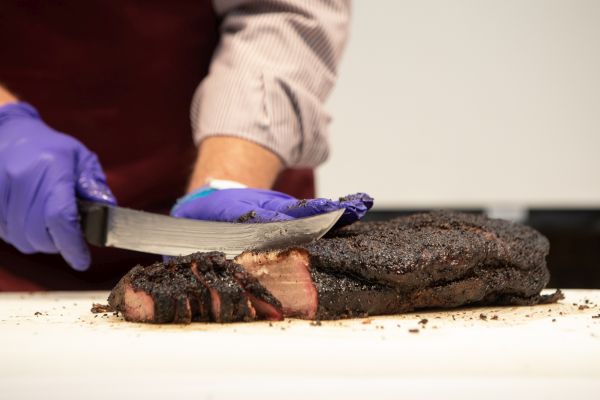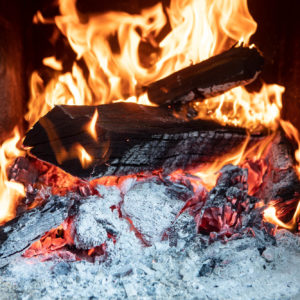Source: AgriLife TODAY

Barbecue season is upon us, and as the demand for brisket soars, so does the price.
“These prices have really skyrocketed, and this is a demand-driven phenomenon,” said Dr. David Anderson, Texas A&M AgriLife Extension Service livestock economist in College Station.
“What used to be a very inexpensive cut, the primal brisket is now only behind the primal rib and loin in value,” Anderson said. “In the last week of May, the comprehensive cutout brisket value was $213.47 per hundredweight, up 19.4% from the same week the year before. Just during May, brisket prices jumped from $194.39 to $213.47 per hundredweight by the end of the month.”
Barbecue has become a hit nationwide, and when doing a Texas-style barbecue, brisket is a must. Alongside restaurants and craft barbecue joints, people are barbecuing more at home, leading to an increase in the supply of brisket and other meats at grocery stores.
Since prime and branded products are available in-store, backyard enthusiasts and home cooks are using those higher-end meats, making the price shoot up even higher, Anderson said. Big chains like Arby’s have started to put
“We have growing supplies of beef overall, but our growth in the cow herd is really slowing because cattle and calf prices have fallen as our supplies have grown,” Anderson said. “While we have some of the largest cow herds since 2009, the rate of growth is slowing. We need those cattle and calf prices to support a growing herd.”
According to Dr. Jeff Savell, distinguished professor and E.M. “Manny” Rosenthal Chair at Texas A&M, College Station, the “Texas Trinity” is brisket, pork spare ribs
“If you can’t do brisket, then nobody is going to come to see you,” Savell said. “If you think about all the top-ranked barbecue restaurants in the state, they all do brisket wonderfully. It is just part of the game.”
While barbecuing has been around for some time, part of the mystique is how to do it and do it well. Infinite resources are making that venture more and more accessible to the home cooks and backyard enthusiasts.
“Some of these new technologies, like wood pellet smokers, have made it where you can nearly set it and forget it instead of feeding a fire all night,” said Dr. Davey Griffin, AgriLife Extension meat specialist, College Station. “You can do those a little easier, they are a little more forgiving, and you can put out a pretty decent product.”
Savell, Griffin and the Texas A&M meat science program partner with Foodways Texas to host two barbecue camps each year: Barbecue Summer Camp and Camp Brisket. At these camps, participants from all over the world come to learn about the craft of barbecuing from product to the pit.

This year’s summer camp welcomed nearly 70 participants to learn about pit design and maintenance, barbecue history and culture, meat safety and thermometers, wood and smoke, rubs, marinades and brines, and whole-hog cookery. There was also a beef and pork anatomy overview and a poultry session.
“It’s the perfect storm with these restaurants doing cool stuff, then everyone wanting to duplicate it,” Savell said.
